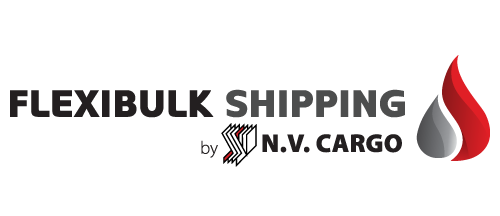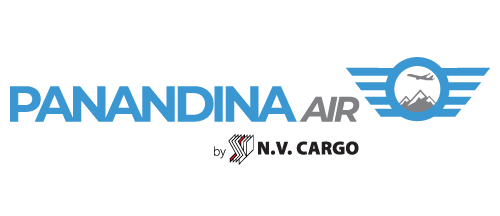Full Container Load (FCL)
Full container load (FCL) are 20, 40, 45 foot metal containers that are typically used by one consignee to maximize and protect the amount of merchandise that is shipped. Shipping full container loads reduces freight costs.
Containers can be used to ship all kinds of merchandise, including consumer packaged goods and refrigerated or temperature-controlled merchandise. They are unloaded using specialty cranes.
When packed effectively, containers help minimize damage to goods, as they travel from pallet, to container, to ship and then their final destination.
- Ocean, ground, and air services to get full container loads to their destination swiftly and safely.
- Hubs in Miami and Colombia with cross-docking capabilities for fast, cost-effective turns.
- A container depot in Miami, Florida, with clean, dry containers ready to pack and deploy at a moment’s notice.
- Exceptional service and rates for different types of cargo to Colombia and other markets, due to our ability to create successful trade exchanges.
- Access to air and ground transportation to meet your logistics requirements.
- The ability to track-and-trace shipments as they move through the supply chain with Magaya Cargo Software.
- Simple customs processes and cargo insurance for enhanced protection.
Less Than Container Load
As its name infers, less than container load (LCL) are cargo shipments that aren’t sufficient to fill a standard container. As a consequence, manufacturers and carriers rely on freight forwarders to group consignments from different shippers or other ports, which are then sent to the same final destination.
- Consolidation services for single and multiple buyers to move goods cost-effectively and in a timely manner.
- Predictable shipments, with regularly scheduled departures from key ports and receiving terminals in all 50 states.
- Connections to the Latin America and Caribbean markets from our logistics hubs in Miami and Colombia.
- Access to air and ground transportation to meet your logistics requirements.
- The ability to monitor shipments as they move through the supply chain.
- The ability to track-and-trace shipments as they move through the supply chain with Magaya Cargo Software.
- Simple customs processes and cargo insurance for enhanced protection.
FAQ
Frequently asked questions
What are the different types of ocean freight?
There are two main types of ocean freight:
- Full Container Load (FCL): You rent an entire container for your shipment. This is ideal for large quantities of goods.
- Less Than Container Load (LCL): You share a container with other shippers, which is more cost-effective for smaller shipments.
How are ocean freight rates calculated?
Ocean freight rates are influenced by several factors, including:
- Distance: The distance between the origin and destination ports.
- Weight and volume: The weight and volume of your shipment.
- Commodity: The type of goods being shipped.
- Fuel surcharges: Fluctuations in fuel prices can affect rates.
- Currency exchange rates: Changes in currency exchange rates can also impact shipping costs.
What are the common challenges in ocean freight?
Some common challenges in ocean freight include:
- Delays: Shipping delays can occur due to various factors, such as port congestion, bad weather, or customs clearance issues.
- Documentation: Ensuring all necessary documentation is in order can be time-consuming.
- Cost fluctuations: Freight rates can fluctuate due to market conditions, fuel prices, and other factors.
- Damage and loss: There is always a risk of damage or loss during shipping.

Liquid Cargo

Insurance

Air Freight

Ground Freight

Project & Charter
GET A QUOTE
Ready to ship? Get a fast, personalized quote in minutes. Just fill out the form, and let us handle the rest. Start your journey with N.V. Cargo Logistics today!
